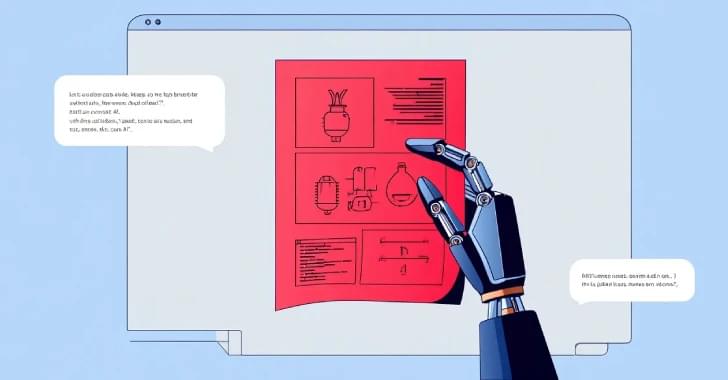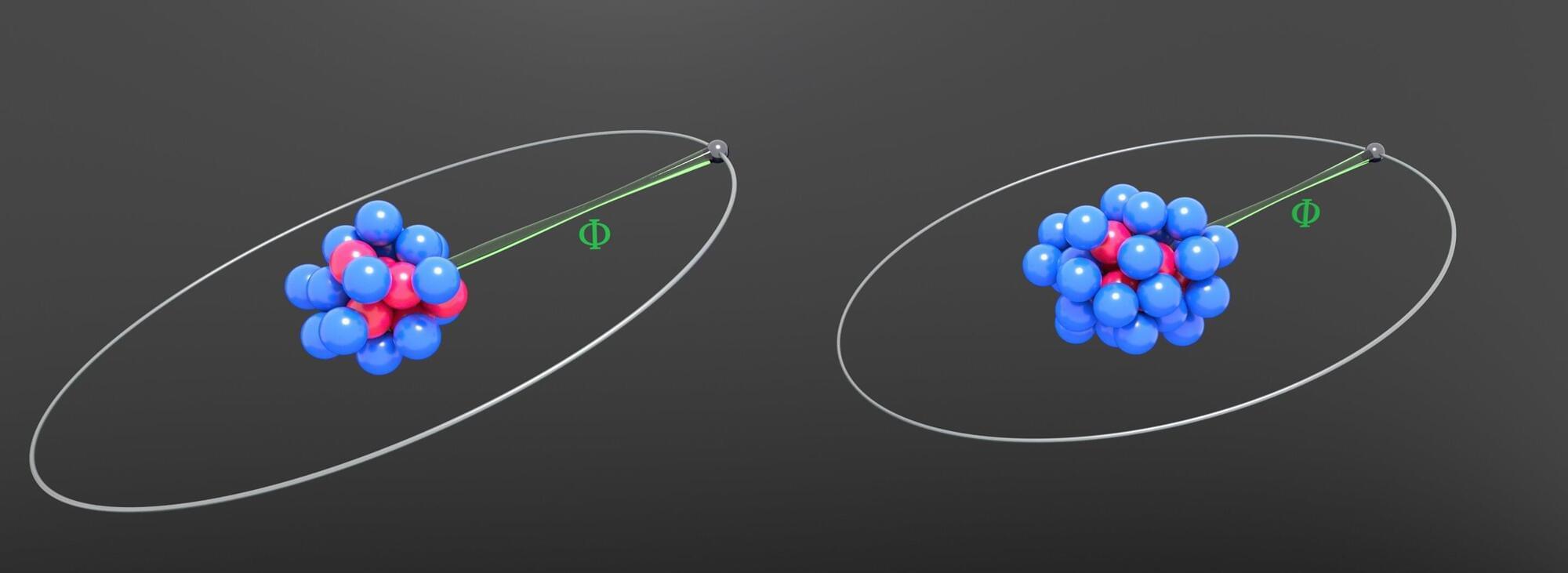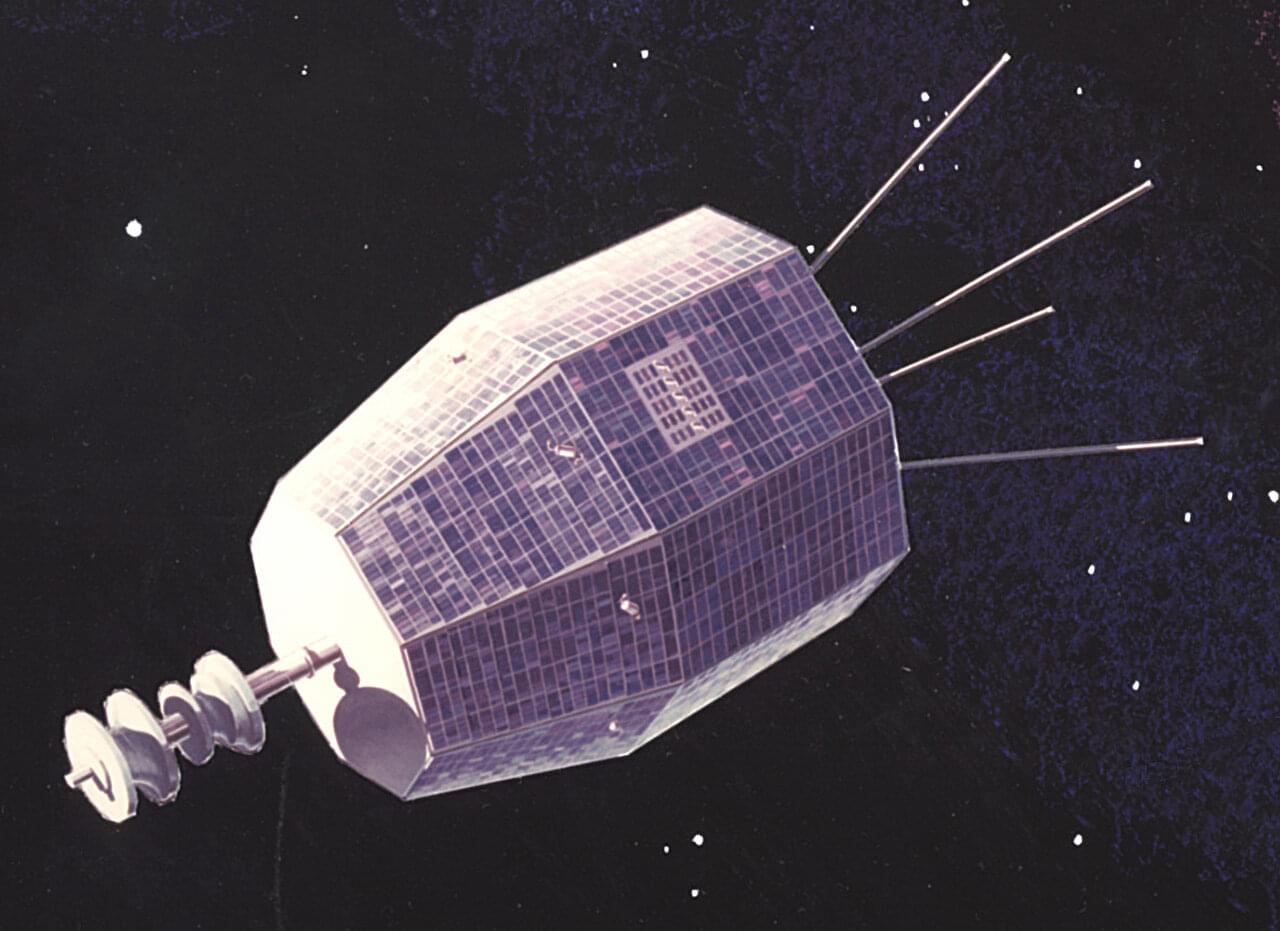When we hear the term “burnout”, most of us would think about working long hours, and the stress built up from our jobs and the people involved in them. However, a surprising new study suggests that only a minority of people with burnout actually think their symptoms are due to their work.
The research, which was led by a team from the Norwegian University of Science and Technology (NTNU), could challenge the conventional thinking about how people reach burnout, and how we might be able to protect against it.
Less than 30 percent of the people surveyed blamed their job as the primary reason they felt burnt out.









